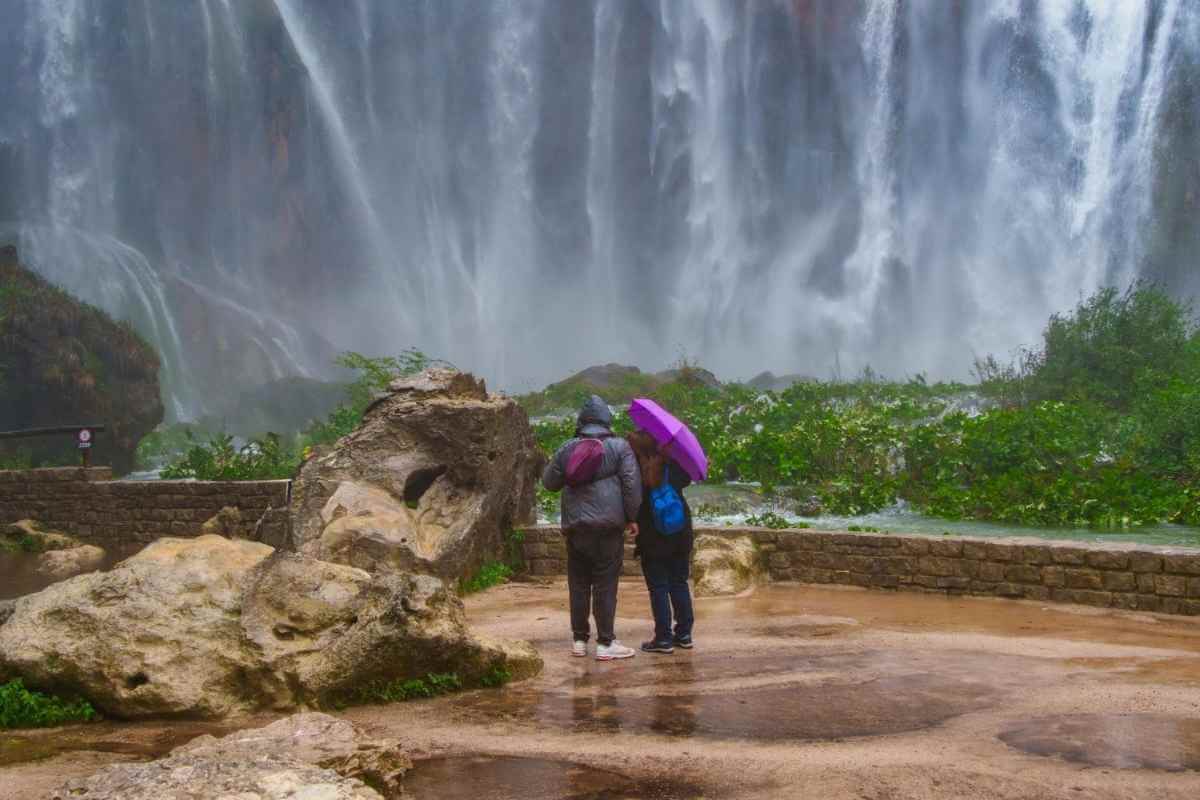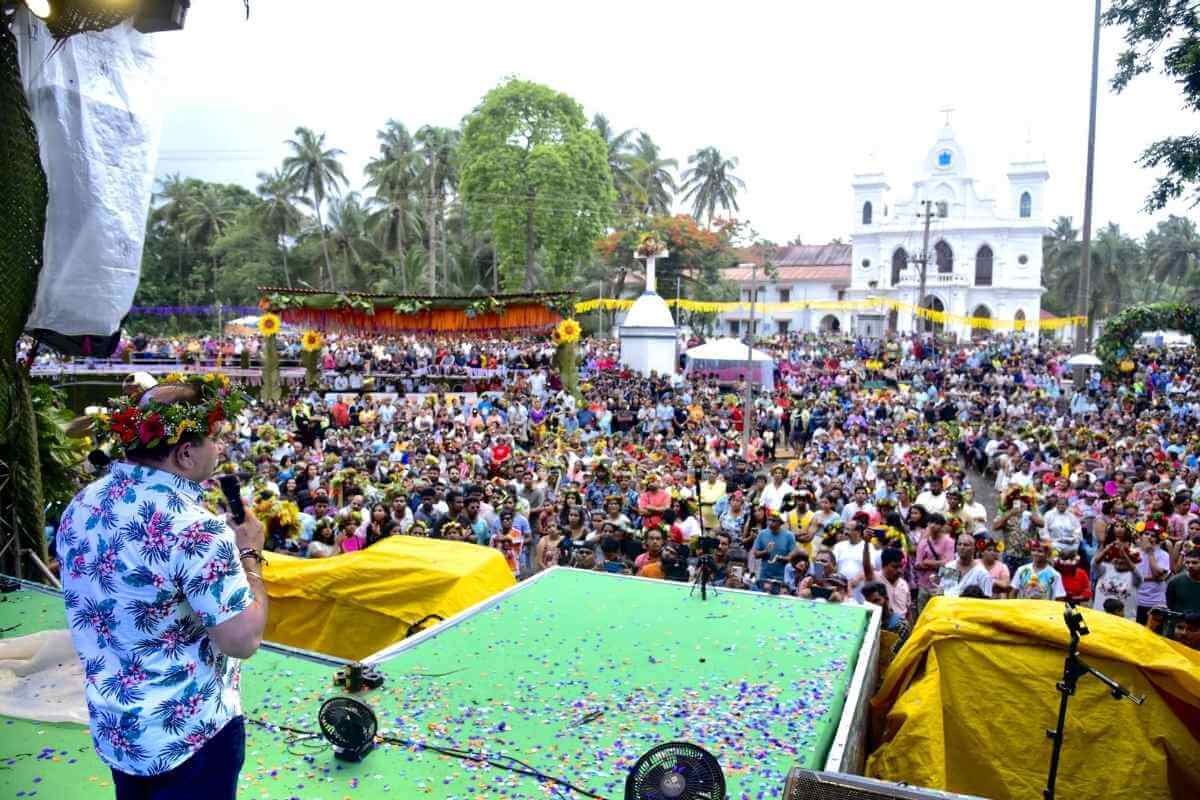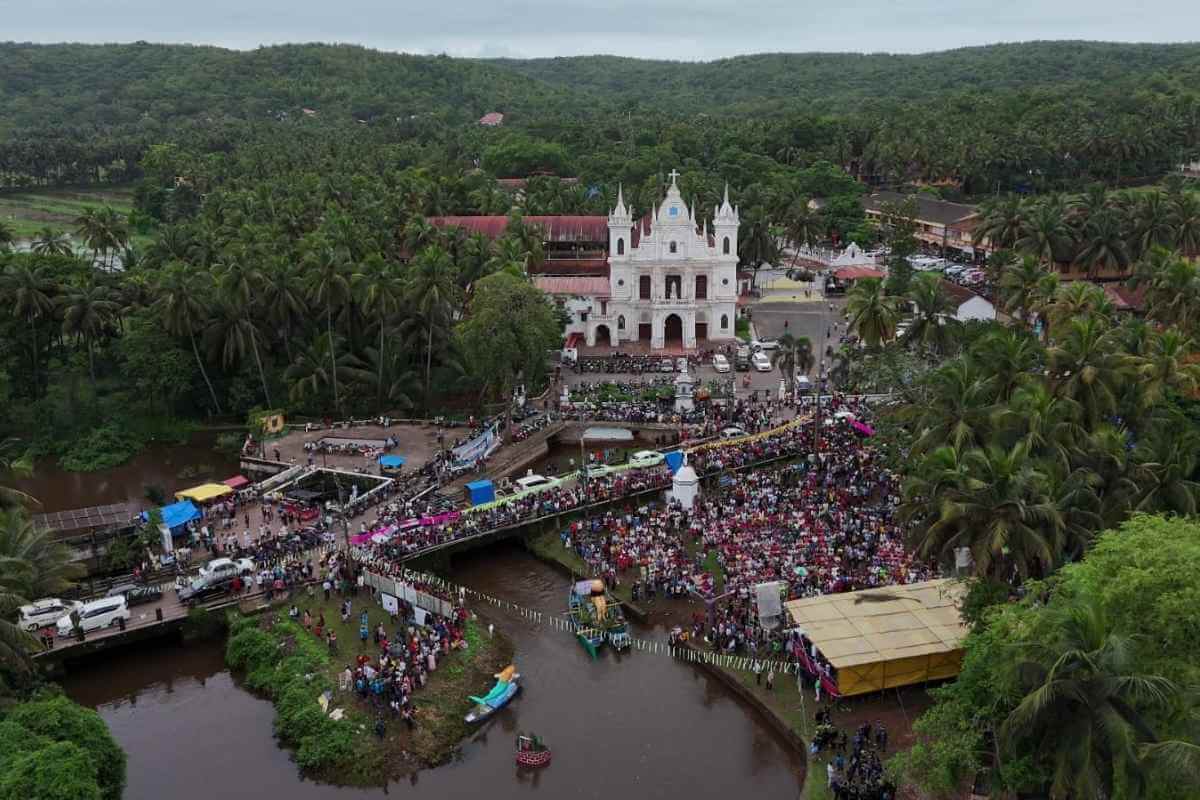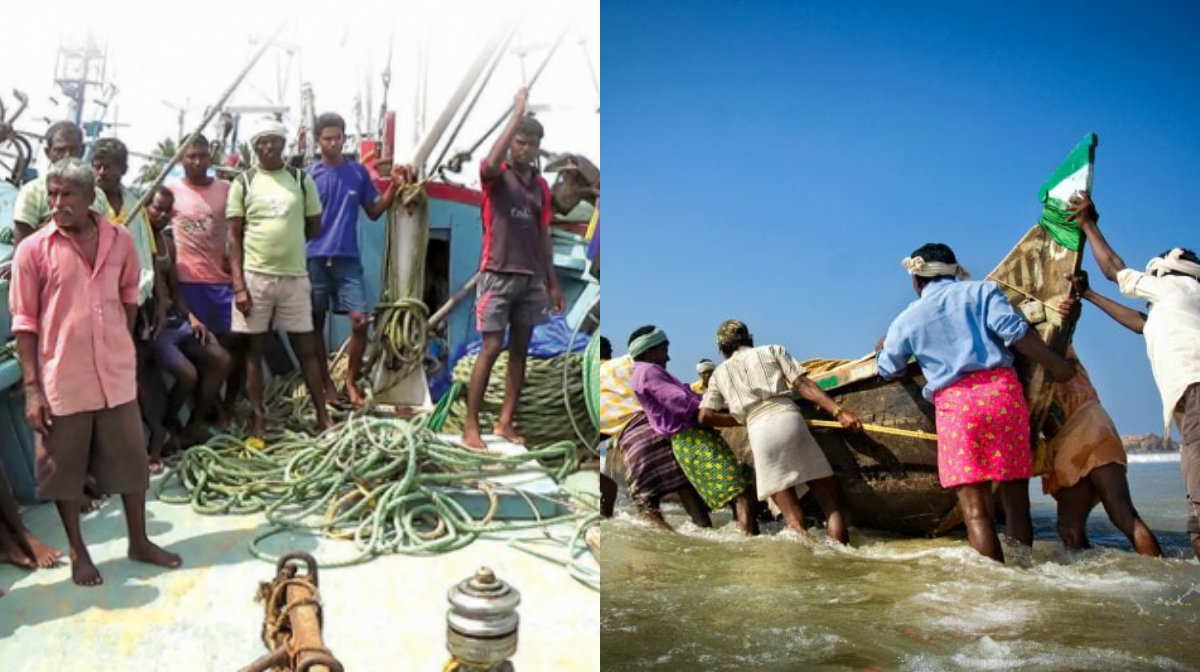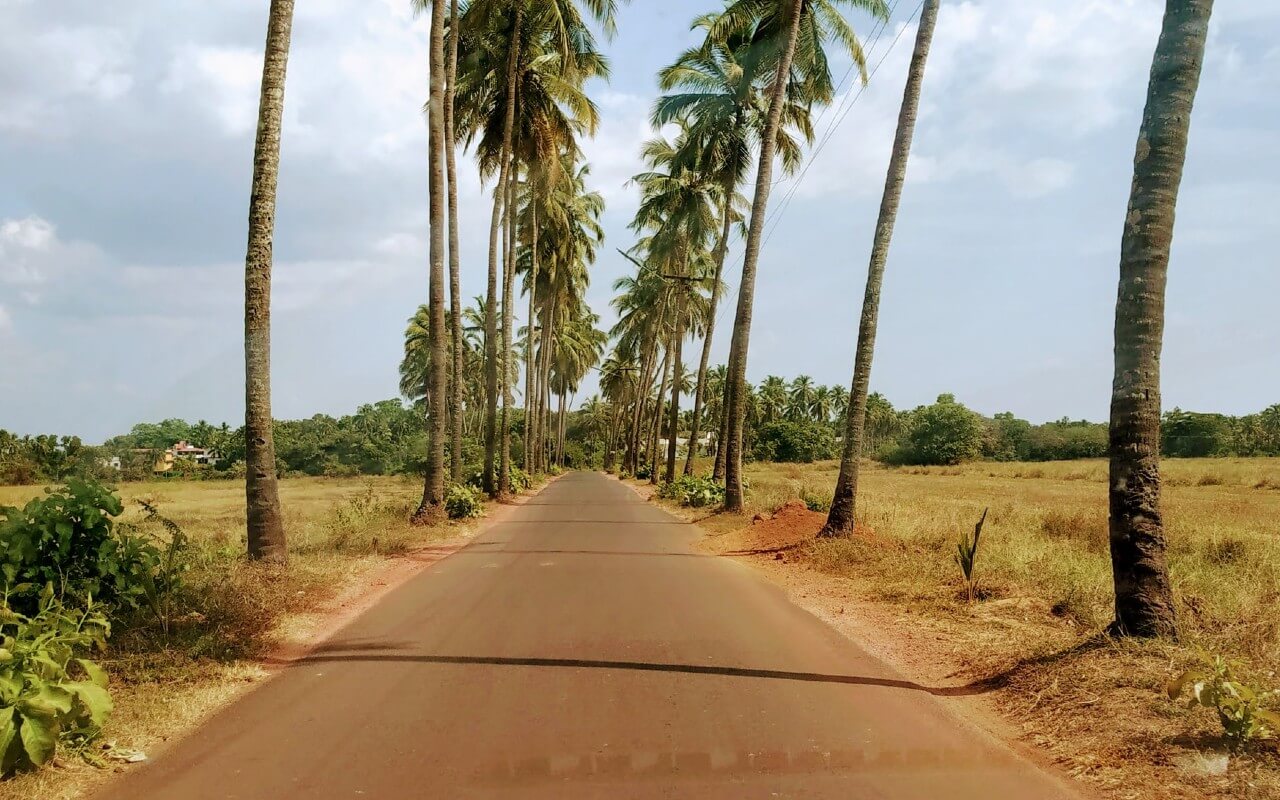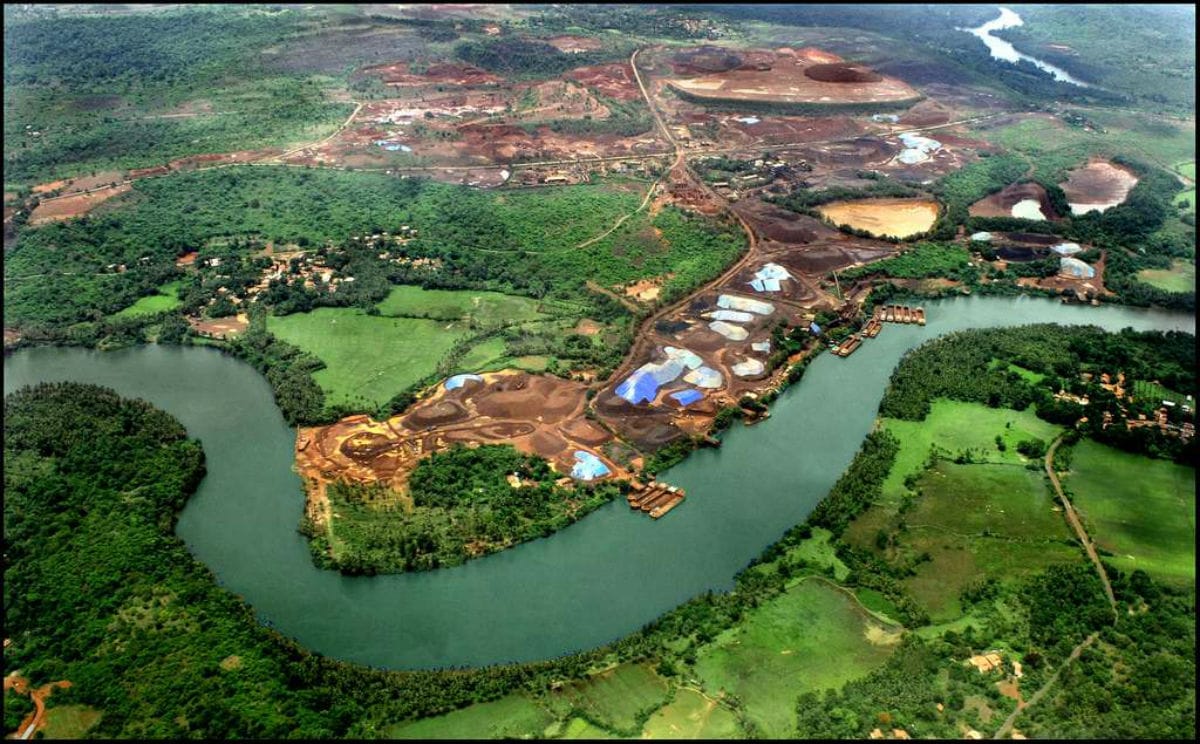The Goa iron ore mines had been a direct/indirect source of employment to close to 0.2 million people. The honourable Supreme Court announced the closure of iron ore extraction activity in the state with effect from March 15, 2018. The five-decade-old mining industry in Goa is facing the “biggest” mining ban coming into force which has been one of the key revenue generators for the coastal state.
The Supreme Court (SC), in the previous month, had nullified the second renewal of iron ore mining leases that were given to 88 companies in Goa in 2015. With this, the state government came face to face with worst fears of a vast population of Goa becoming unemployed that was working at various mining sites on different assignments.
The cabinet committee had decided to put forward a request to the Chief Minister Mr. Manohar Parrikar to file a request for reviewing the petition in the apex court as a last-ditch effort to save the industry and its stakeholders. The apex court had given the mining lease holders a deadline of March 15, 2018, to initiate the closure process with immediate effect. They were directed by the court to stop all mining operations with force from March 16, until the court gave a revised grant for mining leases and environmental clearances.
The Previous Scenario
The locals were dependent on the employment at the mines which had been their primary and only source of income. The closure had an extremely unsettling impact on these locals and are seeing no signs of the resumption of mining activity anytime soon.
The ban has been the second big blow to the industry that had faced a similar close down in 2012, as per Supreme Court directives. The court had also considered the cognizance of M. B. Shah commission report that had claimed incidents of illegal mining of worth Rs. 350 billion between 2005 and 2012. Post this directive the industry remained shut for nearly 19 months from October 2012 to April 2014, impacting the economy of the state significantly.
The government imposed restrictions on the amount of the ore that could be extracted bringing it down to 20 million metric tonnes, annually. On the contrary, the mines actually had the potential of tapping double the amount before the imposition of the court ban in 2012. After the ban-lift in October 2015, the industry took 18 months to recover and actualize full functioning of the mines. The industry struggled to revive to its full glory after the slump and could only extract about 7.2 million metric tonnes of metal during the fiscal year 2015-16. As per figures by the Mines and Geology department, the extraction totalled to an amount of 37.11 million metric tonnes from the time of lifting of the ban till the current date. The lowest in years, bringing in a revenue of about Rs. 12.43 billion approximately, for the industry.
The Impact of the previous and current closures
Why was the industry not able to revive successfully? The primary reason that came into the picture was the lack of demand from the main markets like China, which was the core buyer of the ore from Goa. The metal produced from these mines is of low quality and has no value in the international market. So even post the opening of the mines, the industry continued to suffer from the consequences of the long-term closure. The overall economy of the state has slowed down posing high dependency on tourism as the primary revenue generator. The impact is going to be huge. The locals living and surviving on the employment in mines are today in a state of panic.
The ban affected not only the mining industry but also the connected businesses like transportation. The barge industry is expected to suffer due to the shutting down of the mines. At present, the industry comprises of 230 barges out of which the mining companies own 45 vessels, and the rest 185 have private ownership. Barge owners collectively have an outstanding loan amount of Rs. 109 crores owed to the banks and most of which are non-performing assets. The data reveals that the barge owners who took loans during the period of the industry boom are still struggling with the repayments. They are working towards a one-time settlement scheme of the government and are arranging funds via asset reconstruction or reduction.
The mining truck is another segment effected in a big way due to the closure. The picture seems gloomy post the shutdown. If the mining doesn’t resume, the overhead expenditure on trucks owners will increase to two-folds, amounting to a minimum of Rs 1.5 lakh per vehicle.
The Expert Say
We asked Mr Claude Alvares – Environmentalist and the Executive Secretary and Director at Goa Foundation – about his views on the impact of the mining and the closure over the environment as well as the economy of Goa. Here is what he had to say…
Q1. The ban on the mines in Goa has been a critical initiative concerning the environmental hazards it has caused. With so many years in action, to what extent has this activity exploited Goa’s natural resources and how has it affected the ecological balance?
Natural resources, like minerals, forests and oceans including our beaches, are a shared inheritance. We are required to share them with our future generations, just as we inherited them from our ancestors. We must ensure our children receive this inheritance intact and in abundance. Mining in Goa has devastated our environment, the air, water sources, fields, our livelihoods, and our health. The excavation by the miners has destroyed over 100 sq.km of land. More the area is still under the excavated dumps or the so-called waste mountains, which have become 100 times the size of the Great Pyramids.
Apart from these disasters, economy wise, we have sold our mineral wealth, our family gold, for a pittance (Rs. 100 worth for less than Rs. 5). No wonder the miners were in such a hurry to push off the burden and sold our wealth for trifles.
Q2. Do we blame the industry for the disruption caused or is it because of poor governance that is responsible for the outcome? Were any environmental policies put in place to control the issue?
We must understand that in the 2014 judgment, the Supreme Court ruled that all mining that took place in Goa for a period of 5 years (2007 to 2012) was illegal. It permitted the resumption of mining only with new leases and new environment clearances. The legal consequences of illegal mining are clear – recovery of the ore or its value, plus penalty/jail terms for those involved. We estimated that Rs. 65,058 crores were recoverable from the mining leaseholders. Since there were no leases to bind them after the Supreme Court’s judgment, the state had a unique opportunity to redesign its mining functions from scratch. We wrote in detail to the government about this. But the government did not seize the opportunity, being under the active influence of the dominant mining operators and investors.
Instead of recovering the loot from the crooks in this industry, and granting new leases & ECs, the government only renewed the contracts to the same individuals and companies that had caused the mining crisis in the first place. In fact, it backdated their renewals, thus handing over Rs. 1,44,000 crores to the same mining operators. We, along with other environmentalists and concerned groups, objected towards this entire activity. The SC concurred with our objections and also said that the “renewals are not fresh leases.” When asked about if new ECs have been put in place he said (quoting the SC) – “It was observed by Justice Khehar in Natural Resources Allocation that material resources of the country should not be dissipated free of cost or at a considerably lower than their actual worth. Henceforth, the renewal of mining leases was done for a small payment on stamp duty and royalty. It is therefore clear that the considerations that weighed with the State were not for the people of Goa but for the mining leaseholders.” Further, Dr. Alvares said, “…without making any serious attempt to recover such huge amounts, the State government granted second renewal of mining leases and the MoEF, and played ball by lifting the abeyance order in respect of the environment clearances. The inferences drawn from the outcome is quite obvious.”
So though there were environmental controls available, the mining leaseholders were able to influence government not to enforce or implement them. Such indecisive and contradictory outcomes were bound to cause a crisis at some point, and it did.
Q3. Mining has been the 2nd most important source of revenue generation for the State, after Tourism? Was the closure a necessary move? Is the government taking necessary steps to resolve the crisis?
Royalty is nothing but the money received from the sale of our mineral wealth, our family gold. We should save every rupee in our permanent fund for our children and future generations. If there is some real income, then distribute it to everyone equally. Instead, we are treating royalty as income, like a drunkard does with his inheritance, and spending it. We have a unique opportunity to do a complete rethink of how we should be managing our mineral wealth.
If there are no valid leases, then why are we insisting on selling-off our resources? Is this the best time to sell it? How do we ensure there is no loss when we sell? And at last, most importantly, are we saving anything for our future generation and not consume their entire share? Aren’t we cheating them if we are doing so?
There is massive recovery to be conducted, but those can be done in sensible ways so that we can create employment opportunities, improve the environment by implementing the policies to ensure a safe and green environment for our future generations. But apparently, the government is focusing more on own benefits than on the repercussions of the mining crisis currently faced by the state and the people of Goa.
Q4. How do we handle the unemployment issue of thousands of miners caused by the closure? Are any steps being taken to rehabilitate them?
There are 750 million tonnes of dumps across the state, which are causing a substantial environmental hazard. Around 150 million tonnes of ore can be mined from these dumps and sold. Dump mining must be our priority to resolve the issue. It will take about 10 years at the current cap of 20 million tonnes imposed by the Supreme Court.
We need to accept the fact, none of the mines in the eco-sensitive zones, including some of the exhausted mines will not open. The 600 million tonnes of other dumps should be used to close and restore these mines. This activity can immediately create employment opportunities for the mining trucks.
A related activity that can start immediately is the de-silting of our rivers and fields – restore our fishing and rice cultivation, creating work for the trucks and barges.
Lastly, work must start immediately on repairing our aquifers and protecting our sources of water. Our springs must gush, auto-filling our wells naturally.
The scope of employment and recovery exists, but the will to work towards it is lacking. Today’s generation does not realize that we are stealing and destroying the future of our tomorrow. We need to spread the awareness because we have just a handful of issues on our platter today. Tomorrow we may face even worse of disasters from which it would become difficult or impossible to recover.
The Future Scenario
The industry has faced many challenges in the last 70 years with significant slowdown impacting the revenues. Be it sovereign, economic, political or societal; the impact of the ban has been widespread. It is now the third generation across Goa which is experiencing the big hit, building dependency and obligation to sustain and the stake stakeholders to persevere. It is a huge economic setback immediately, and the government along with the industry stakeholders are trying to figure out a solution to overcome this downturn. The impact has created an enormous bucket of an unemployed population which has started to show its effect, especially when there is no clear picture on the way forward. Such repeated stoppage of mining activities has not just caused revenue depression and loss of employment opportunities within the state but also led to the loss of investor confidence which would affect Goa’s economy long-term. Despite the fact that Goa complied with the SC directives which were higher and superior to any other state in India, yet Goa suffered in the hands of reduction its own industry manipulators.



